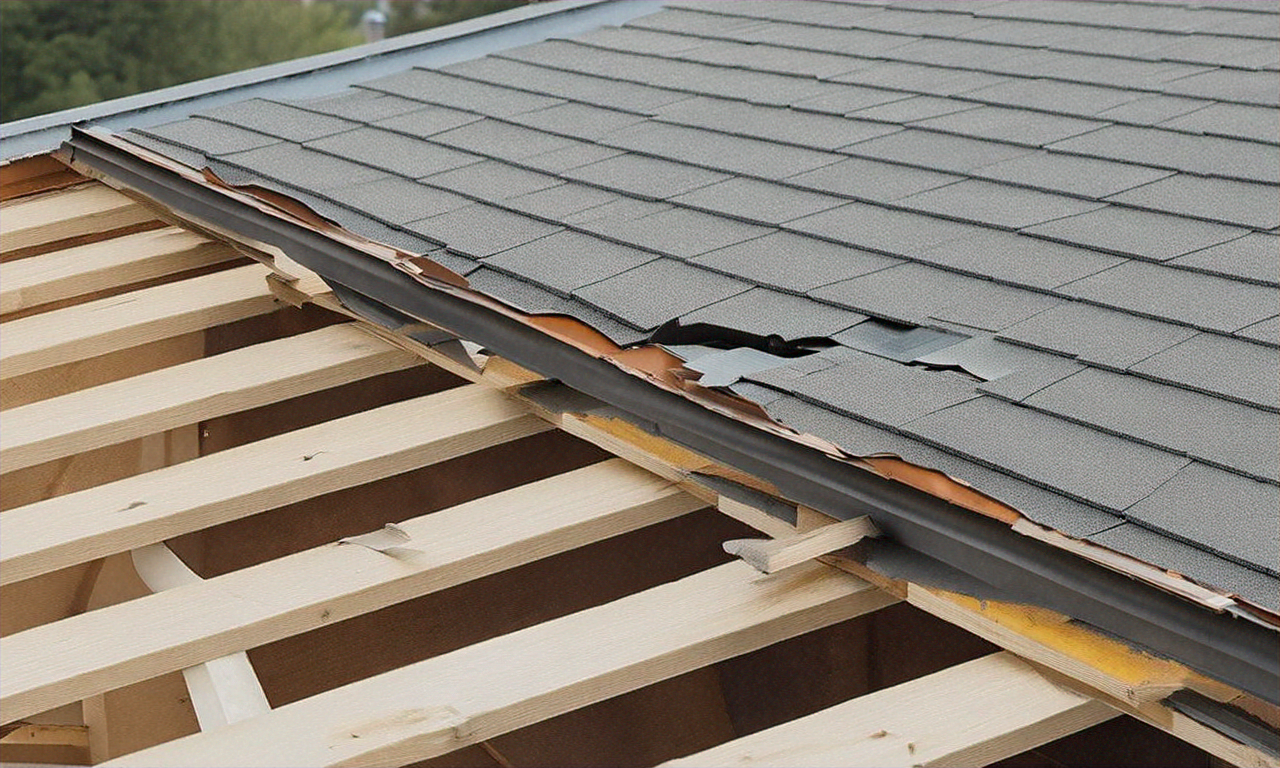Why Clogged Gutters Can Lead to Costly Home Repairs
Leaves and debris in gutters can push water where it shouldn’t go—soffits, siding, and foundations. Many homeowners don’t realize how overflow leads to leaks, wood rot, or erosion. This article covers what happens when gutters aren’t maintained, warning signs to watch for, and cleaning options.

Homeowners often underestimate the critical role that properly functioning drainage systems play in protecting their property. When channels designed to direct rainwater away from your home become obstructed, the resulting water accumulation can compromise multiple structural elements simultaneously. The damage often begins subtly but compounds rapidly, turning a simple maintenance task into a costly emergency repair situation.
What Are the Water Damage Risks from Blocked Drainage?
When water cannot flow freely through your home’s drainage channels, it overflows and seeps into areas never designed to handle moisture exposure. Foundation damage represents one of the most serious consequences, as pooling water around your home’s base can cause cracks, settling, and structural instability. The soil surrounding your foundation becomes oversaturated, creating hydrostatic pressure that pushes against basement walls and can lead to leaks or complete wall failure.
Roof damage also occurs when water backs up under shingles rather than flowing away properly. This trapped moisture rots the wooden fascia boards, damages roof decking, and can penetrate into your attic space. Once water enters your home’s interior, mold growth becomes a significant health hazard and remediation costs can reach thousands of dollars. Exterior siding and paint deteriorate rapidly when constantly exposed to overflow, and landscaping near your foundation can erode, further compromising structural stability.
How Can You Find Local Maintenance Services?
Locating qualified professionals in your area requires research and verification of credentials. Start by asking neighbors and friends for recommendations based on their personal experiences. Online review platforms provide insights into service quality, reliability, and pricing transparency. When evaluating local providers, verify they carry proper liability insurance and workers’ compensation coverage to protect you from potential accidents on your property.
Reputable companies offer free inspections and detailed estimates before beginning work. During initial consultations, ask about their process for removing debris, checking downspouts for proper function, and identifying potential problem areas. Professional services typically include a thorough cleaning of all channels, flushing downspouts to ensure proper drainage, and a visual inspection for damage or areas needing repair. Scheduling seasonal maintenance—particularly in spring and fall—helps prevent blockages before they cause damage.
What Does Professional Maintenance Cost and How Often Should It Be Done?
Pricing for professional drainage maintenance varies based on home size, system complexity, accessibility, and regional labor rates. Understanding typical cost structures helps homeowners budget appropriately and recognize fair pricing.
| Service Level | Typical Home Size | Cost Estimation |
|---|---|---|
| Basic Cleaning | Single-story, 1,500 sq ft | $100 - $200 |
| Standard Service | Two-story, 2,500 sq ft | $150 - $300 |
| Complex System | Large home, 3,500+ sq ft | $250 - $500 |
| Repairs Included | Any size with damage | $300 - $800+ |
Prices, rates, or cost estimates mentioned in this article are based on the latest available information but may change over time. Independent research is advised before making financial decisions.
Most homes require professional attention twice yearly—once in late spring after trees finish shedding and again in late fall after leaves have dropped. Homes surrounded by pine trees or in heavily wooded areas may need quarterly service. Some homeowners opt for annual contracts that include scheduled visits and priority emergency service, often at discounted rates compared to one-time appointments.
What Problems Does Downspout Overflow Create?
Downspouts serve as the critical exit point for water collected by your drainage system. When these vertical channels become blocked or disconnected, water cannot complete its journey away from your home. Overflow at downspout locations causes concentrated water pooling directly against your foundation—the worst possible scenario for structural integrity.
Common downspout problems include blockages from compacted leaves, disconnected extensions that allow water to dump near the foundation, and improper positioning that directs water toward rather than away from the home. Ice formation during winter months can completely obstruct downspouts, creating backup that forces water under roof edges. Underground drainage pipes connected to downspouts can also become clogged with roots or collapsed due to soil shifting, rendering the entire system ineffective even when upper channels are clear.
Should You Install Guards or Hire Professional Services?
Homeowners face an important decision between installing protective guards and maintaining regular professional cleaning schedules. Guard systems—including mesh screens, foam inserts, and reverse-curve designs—reduce debris accumulation but do not eliminate maintenance needs entirely. Small particles still enter the system, and guards themselves require periodic cleaning to maintain effectiveness.
Professional cleaning without guards provides the most thorough debris removal and allows for complete system inspection during each service visit. This approach catches developing problems early, potentially preventing expensive repairs. However, it requires ongoing service costs and scheduling commitment. Many homeowners find a hybrid approach most effective: installing quality guards on difficult-to-access areas while maintaining professional inspection and cleaning schedules for the entire system.
Guard installation costs range from $500 to $2,500 depending on system type and home size, with professional installation recommended for proper function. Even with guards installed, annual professional inspection ensures the system functions correctly and identifies any damage or developing issues.
How Does Prevention Compare to Repair Costs?
The financial argument for regular maintenance becomes clear when comparing preventive service costs to repair expenses. Annual professional cleaning typically costs $200 to $400 for most homes—a modest investment compared to damage repairs. Foundation crack repair starts at $500 for minor issues but can exceed $10,000 for extensive damage requiring excavation and waterproofing. Roof repairs from water damage average $800 to $2,500, while complete fascia board replacement costs $1,500 to $6,000.
Mold remediation following water intrusion ranges from $1,500 to $9,000 depending on affected area size and contamination severity. Basement waterproofing after foundation leaks costs $2,000 to $7,000 for interior solutions and significantly more for exterior excavation and sealing. These figures demonstrate that consistent preventive maintenance delivers substantial long-term savings while protecting your home’s structural integrity and market value.
Maintaining clear, functional drainage systems represents one of the most cost-effective ways to protect your home investment. Regular attention to these often-overlooked components prevents the cascade of water damage that can compromise your home’s structure, health, and value. Whether you choose professional services, install protective systems, or combine both approaches, prioritizing drainage maintenance protects against far more expensive repair scenarios down the road.




